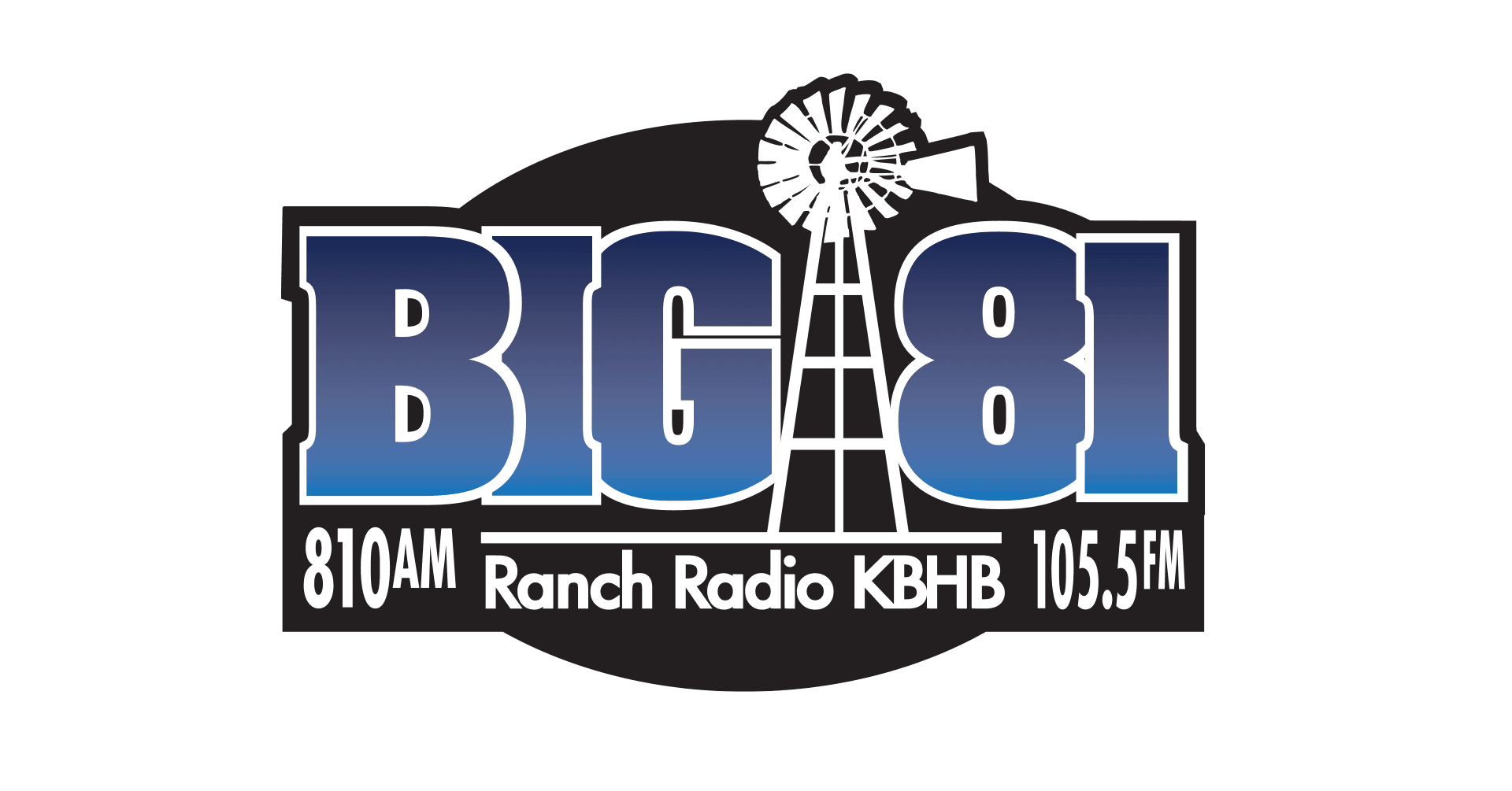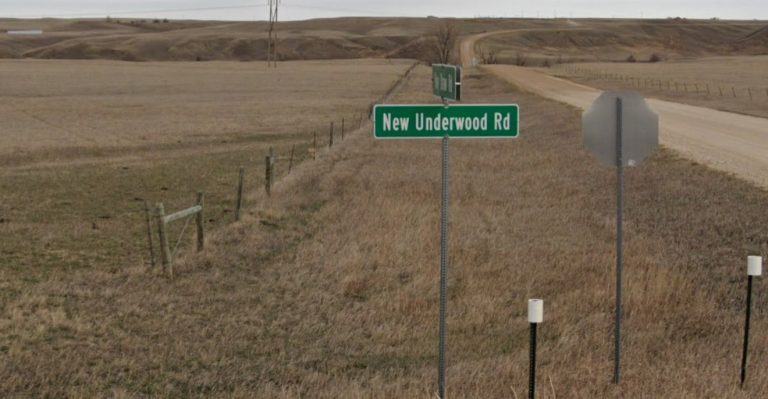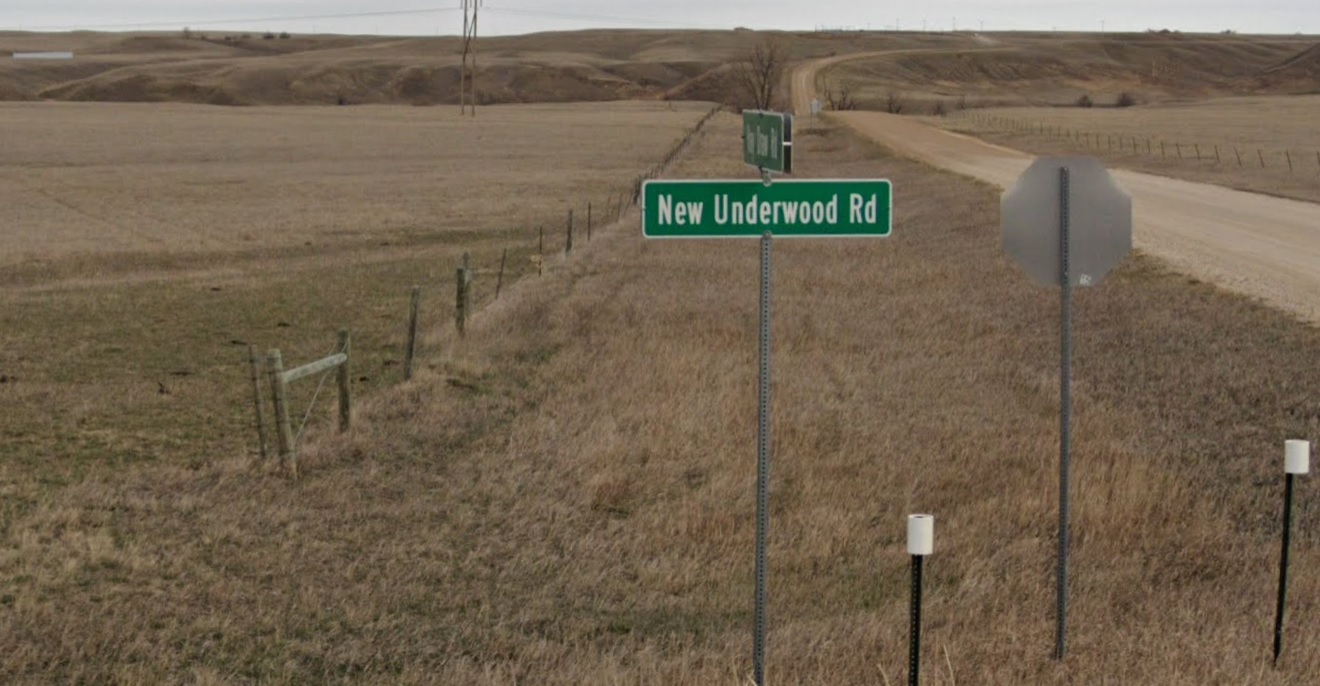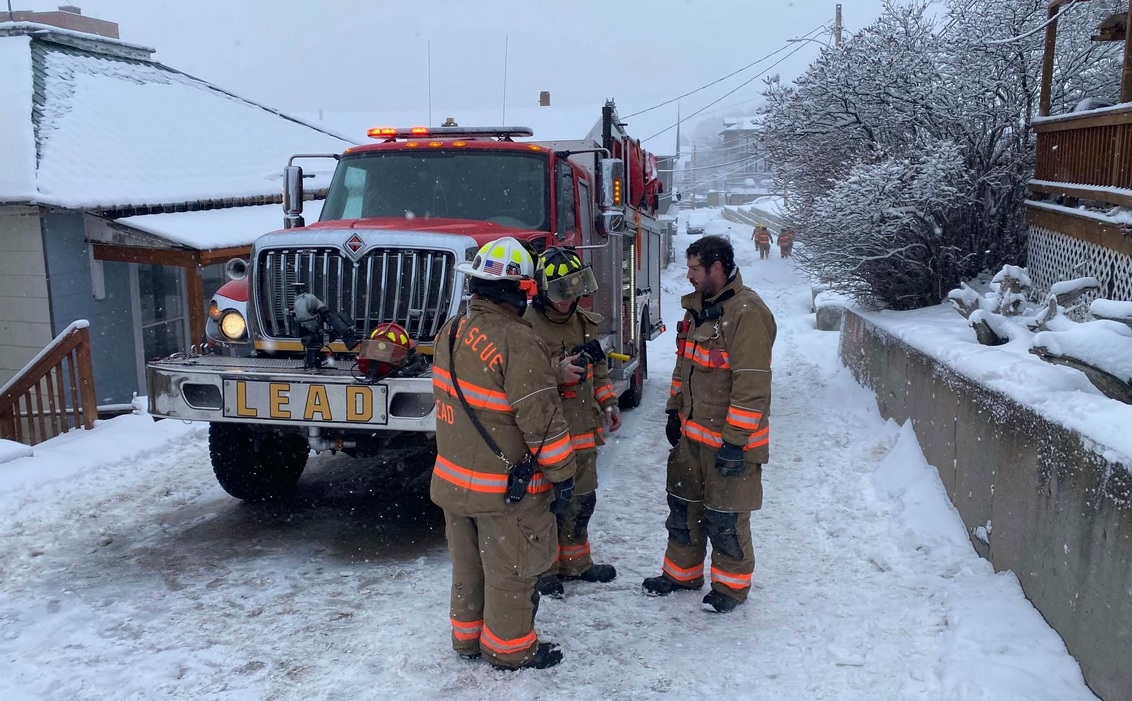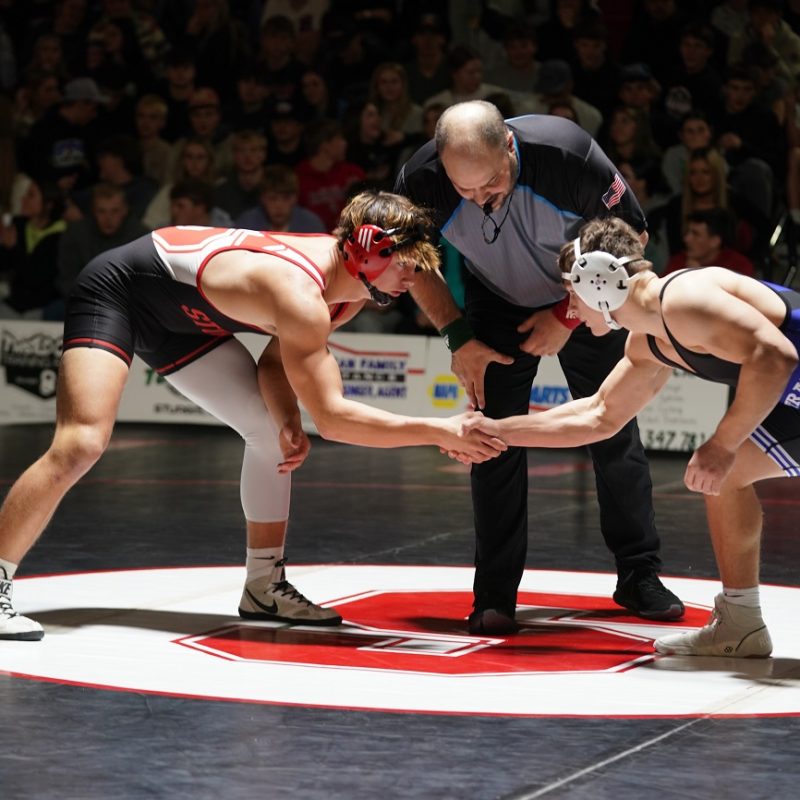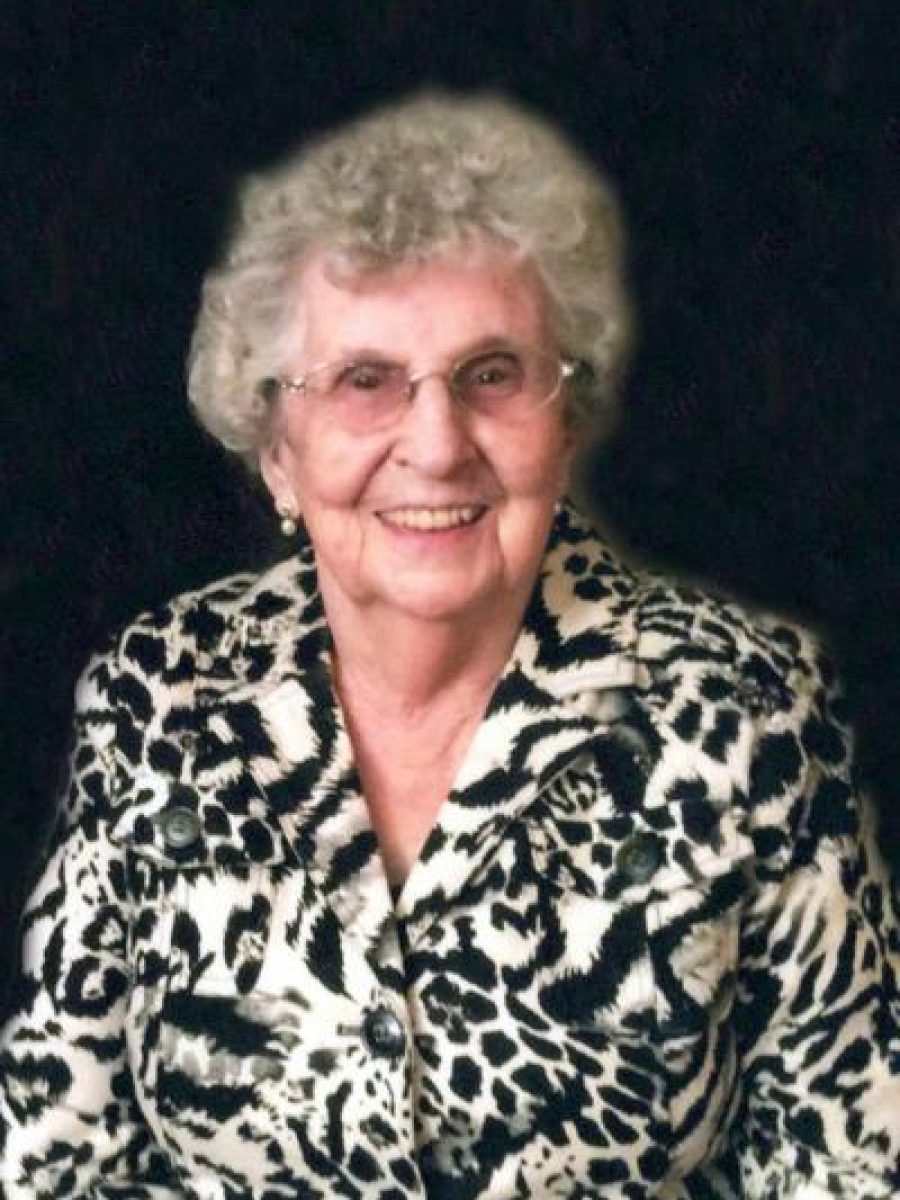JOPLIN, Mont. (AP) — Federal investigators examined overturned rail cars and a stretch of tracks Monday as they worked to figure out why an Amtrak train derailed in rural Montana over the weekend, killing three people.
The westbound Empire Builder was traveling from Chicago to Seattle when it left the tracks Saturday afternoon near Joplin, a town of about 200. The train, carrying 141 passengers and 16 crew members, had two locomotives and 10 cars, eight of which derailed, with some tipping onto their sides. Seven people were hospitalized.
The derailment occurred near a switch in the line, where one set of tracks turned into two, on a stretch of track that had just been inspected two days earlier, said Matt Jones, a BNSF Railway spokesman said Sunday at a news conference.
Officials from the National Transportation Safety Board were expected to provide an update later Monday. Identities of the victims had not been released.
Investigators will look at “everything” including the switch, wheels, axles and suspension systems, as well as the track geometry and condition, including any cracks, said Steven Ditmeyer, a rail consultant and former senior official at the Federal Railroad Administration. He said a switch like the one in Joplin would be controlled by the BNSF control center in Fort Worth, Texas.
Sometimes rail lines can become deformed by heat, creating a buckle in the tracks known as sun kinks, Ditmeyer said. That was the cause of another derailment in northern Montana in August 1988, when an Empire Builder train derailed about 170 miles (274 kilometers) east in Saco, Montana.
The NTSB concluded that an inspection failed to catch a problem in the track, and officials did not warn trains to slow down on that stretch. The crew saw the track had shifted, but the train was going full speed and could not stop before derailing.
Temperatures were in the high 80s Saturday near Joplin, according to the National Weather Service.
Russ Quimby, a former rail-accident investigator for the NTSB, said the most likely explanation is that the train hit a section of track that buckled due to heat, similar to the 1988 accident. He is convinced because the locomotives in front did not derail, but eight lighter coach cars behind them did.
“This has all the earmarks of a track buckle also,” Quimby said. “Sometimes a locomotive, which is heavier, will make it through” a buckled track, “but the cars following won’t. You saw that in this accident,” he said.
Quimby said a malfunction of the switch seems less likely because, he believes, the switch would have been inspected when the track in the area was checked last week.
Another possibility was a defect in the rail, said railroad safety expert David Clarke, director of the Center for Transportation Research at the University of Tennessee. He noted that regular testing does not always catch such problems.
Speed was not a likely factor because trains on that line have systems that prevent excessive speeds and collisions, which appear to have worked in this case, Clarke said.
The speed limit on that stretch of track is 79 mph, said John Haitt, a former BNSF engineer who who is with the Bremseth law firm based in Minneapolis that provides representation for railroad accident injuries. Haitt, who is on the scene in Montana, said failroad employees he spoke with said there was a soft spot, a low spot on the track in that area.
“Did the switch play some role? It might have been that the front of the train hit the switch and it started fish-tailing and that flipped the back part of the train,” Clarke said.
The site of the derailment is about 150 miles (241 kilometers) northeast of Helena, Montana, and about 30 miles (48 kilometers) from the Canadian border. The tracks cut through vast, golden brown wheat fields that were recently harvested and roughly parallel to U.S. Highway 2.
A 14-member National Transportation Safety Board team including railroad signal specialists will look into the cause of the accident, NTSB spokesman Eric Weiss said.
Allan Zarembski, director of the University of Delaware’s Railway Engineering and Safety Program, said he did not want to speculate but suspected the derailment stemmed from an issue with the track, train equipment or both.
Railways have “virtually eliminated” major derailments by human error after the implementation of a nationwide system designed to stop trains before an accident, Zarembski said.
The derailment comes as Congress works toward final passage of a $1 trillion bipartisan infrastructure package that includes $66 billion to improve Amtrak service. That’s less than the $80 billion that President Joe Biden — who famously rode Amtrak from Delaware to Washington during his time in the Senate — originally asked for, but it would be the largest federal investment in passenger rail service since Amtrak was founded 50 years ago.
The biggest chunk of money would go toward repairs and improvements along the rail service’s congested 457-mile-long Northeast Corridor as well as intercity routes with higher commuter traffic. About $16 billion also is aimed at building out Amtrak’s national service to wider America, particularly in rural regions.
Amtrak CEO Bill Flynn said the company was working with the NTSB, Federal Railroad Administration and local law enforcement, sharing their “sense of urgency” to determine what happened in Montana.
Most of those on the train were treated and released for their injuries, but five who were more seriously hurt were in stable condition at the Benefis Health System hospital in Great Falls, Montana, Benefis spokesperson Whitney Bania said.
Two more people were at Logan Health, a hospital in Kalispell, Montana, spokeswoman Melody Sharpton said.
